Water Recycling in Sydney: A Report on the Rouse Hill Plant Operations
VerifiedAdded on 2023/06/11
|5
|1062
|363
Report
AI Summary
This report provides a comprehensive overview of the Rouse Hill Water Recycling Plant, Australia's largest residential recycling scheme, located in Sydney. It details the plant's layout, equipment functions, and the various water treatment processes, including primary screening, grit removal, secondary bioreactor, chemical mixing, clarification, filtration, and disinfection. The report also addresses potential maintenance issues, such as human error, wear and tear, and equipment failure, and proposes solutions like planned, reactive, and preventive maintenance strategies. The plant treats approximately 20 million liters of water daily and produces around 10,000 tonnes of biosolids annually, highlighting its crucial role in sustainable water management in the face of a growing population. The report concludes by emphasizing the importance of water recycling plants in ensuring efficient and rational water usage.
1 out of 5
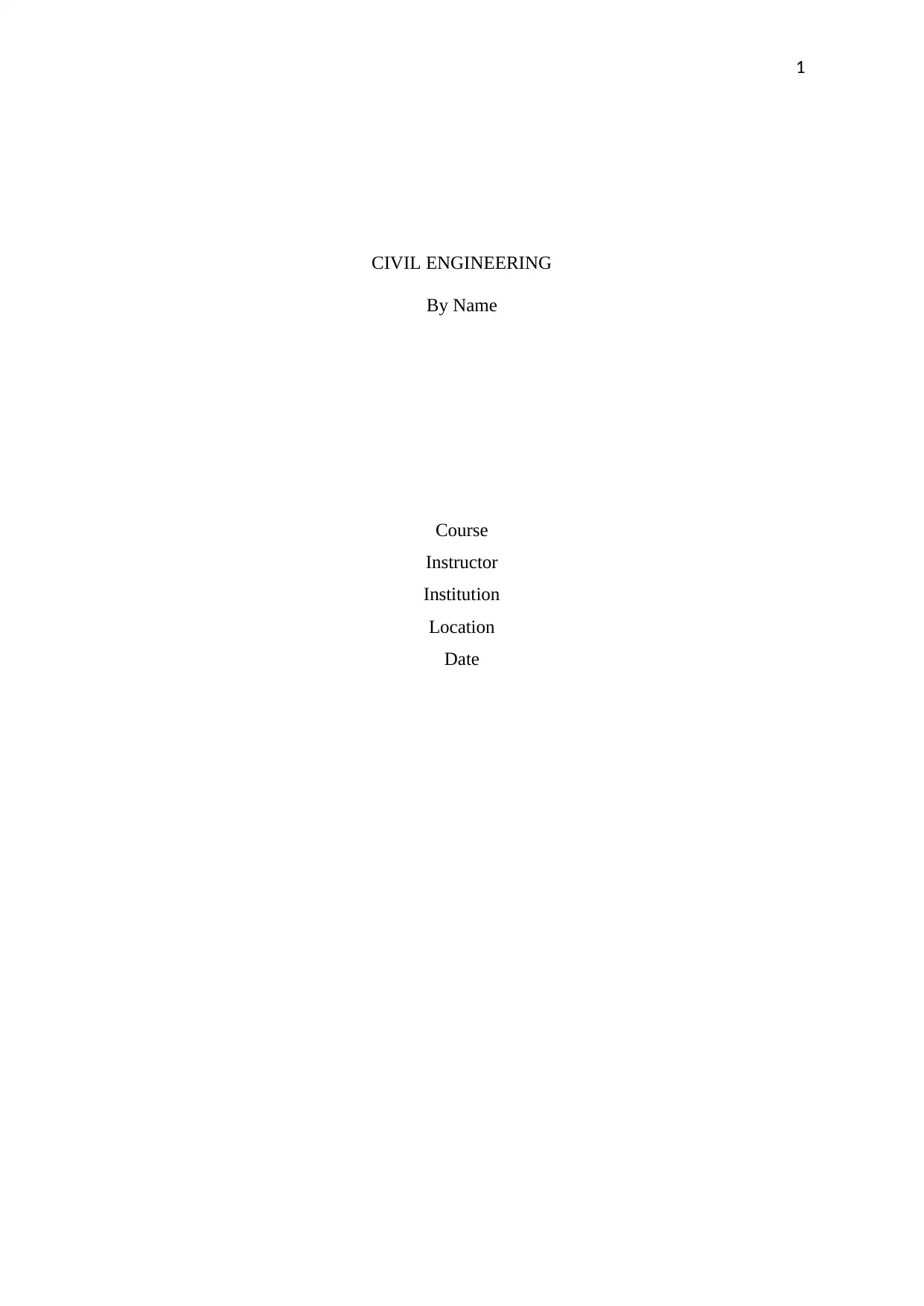
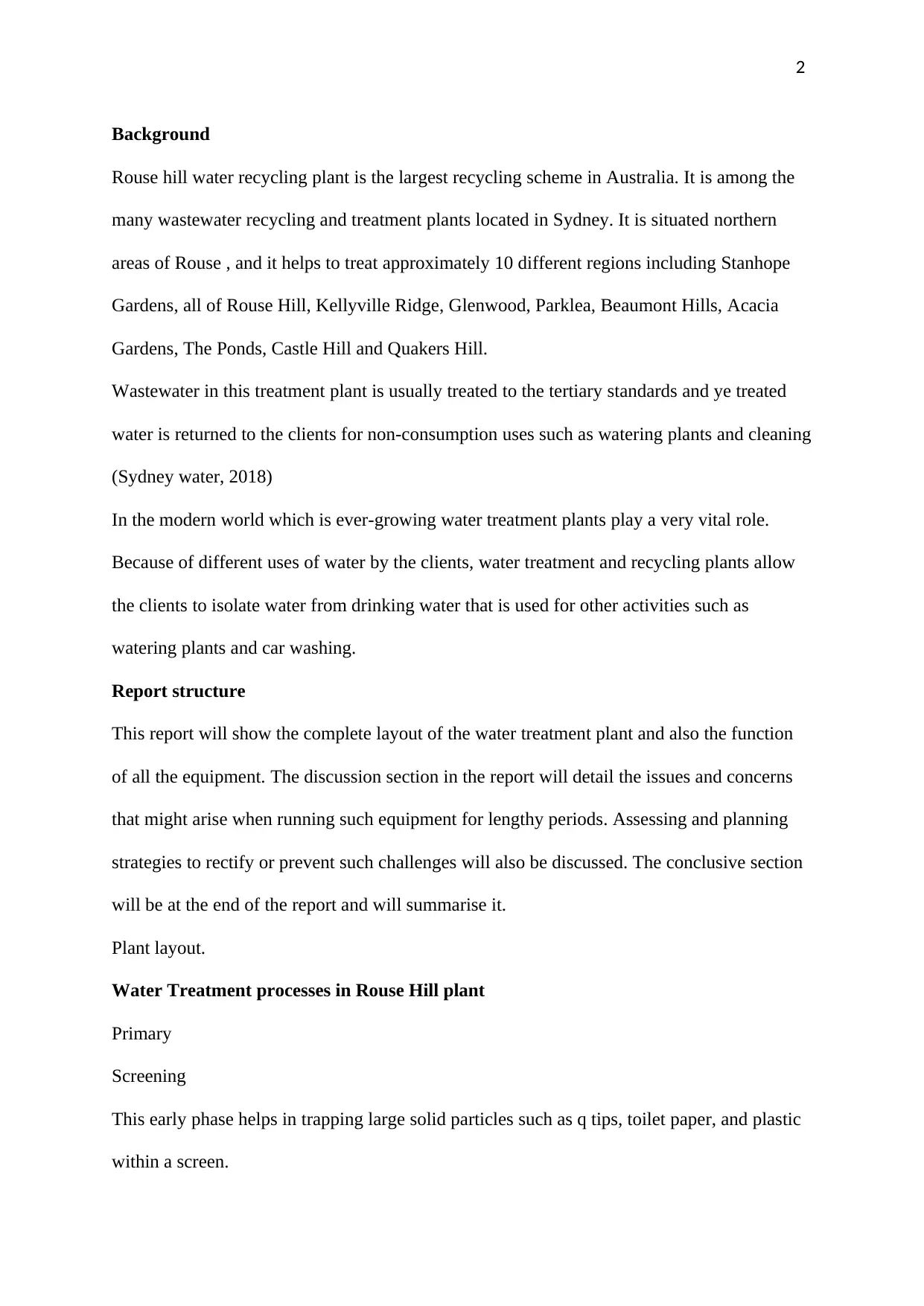
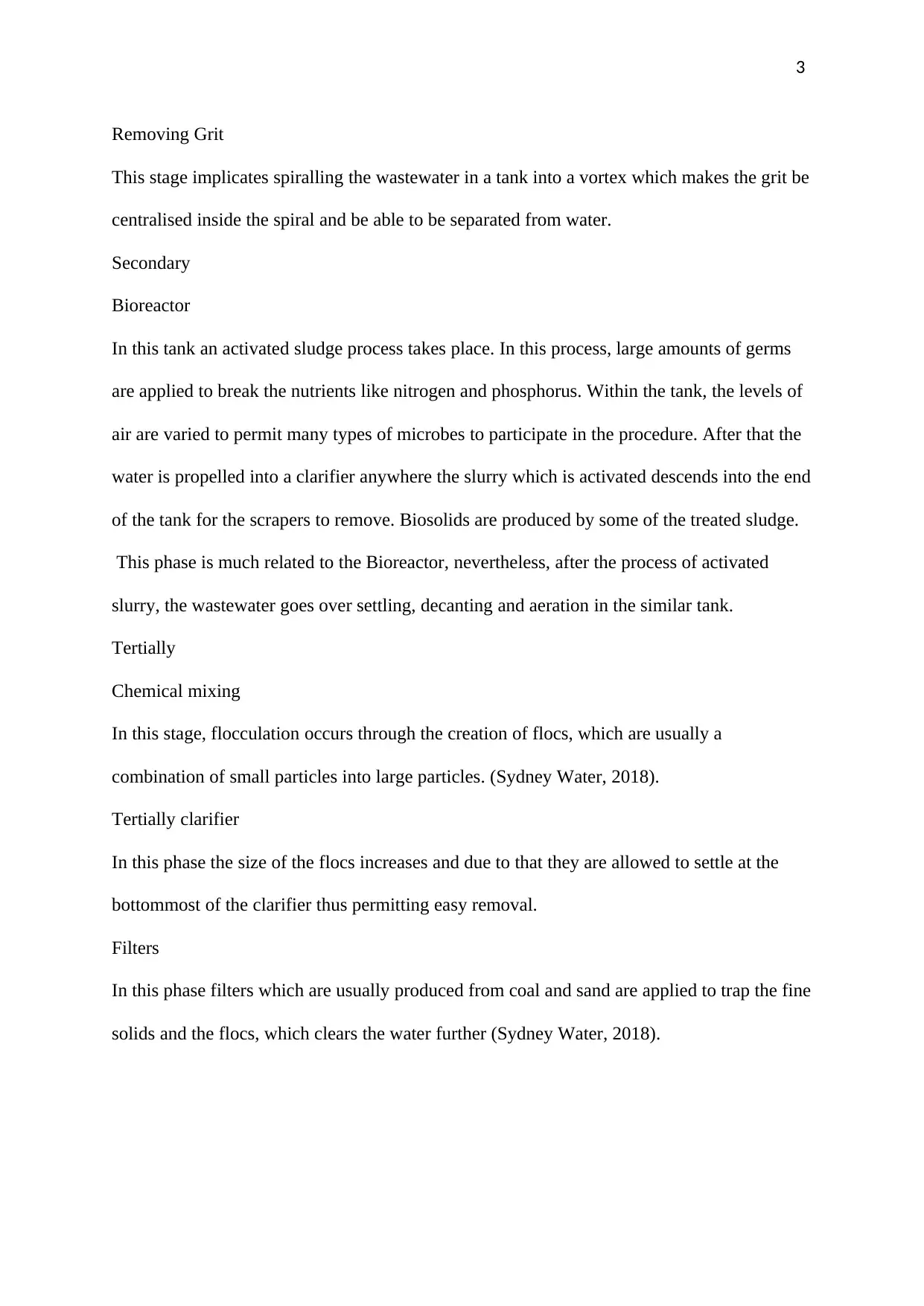
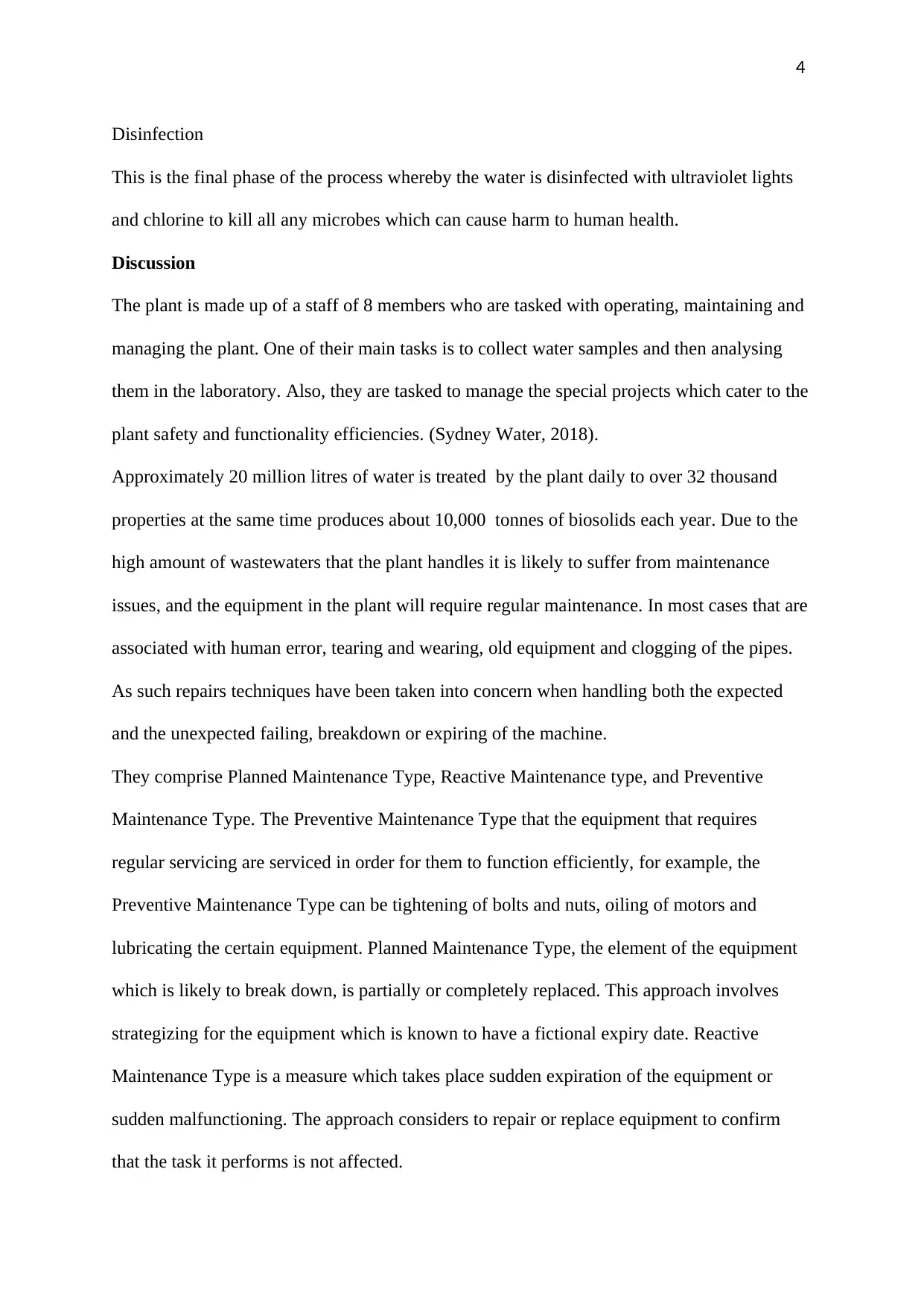
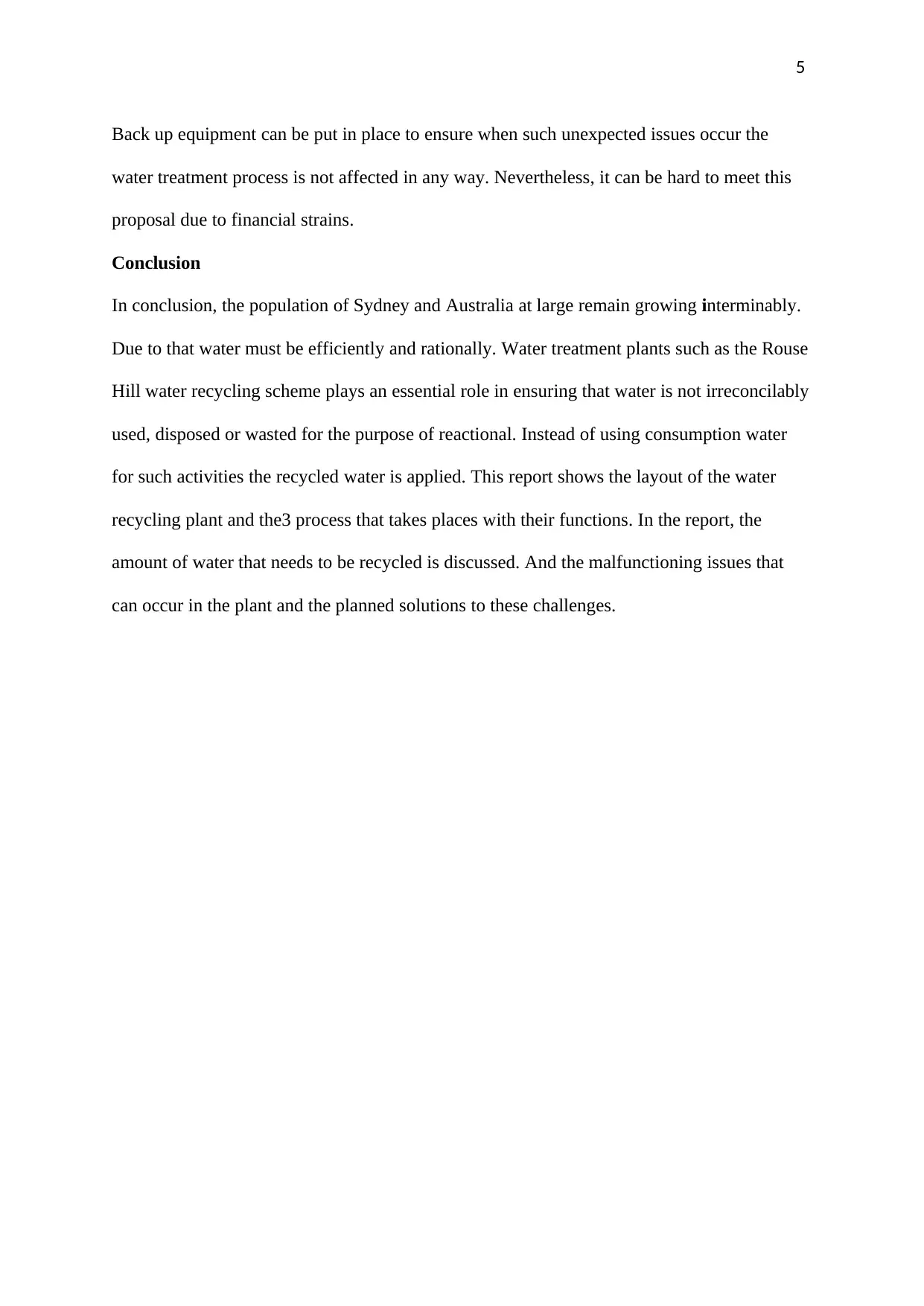


![[object Object]](/_next/static/media/star-bottom.7253800d.svg)